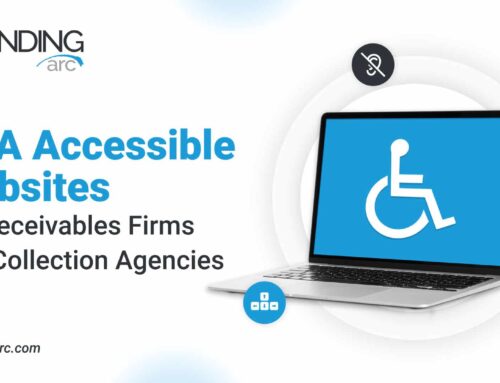Advice for Collecting More Online Payments

Taking online payments seems like a simple idea. Put a form on your website that collects the payment information, processes the payment and provides the consumer with a receipt for the transaction. The concept is simple, but the execution will be the measurement of your success. Consumers are getting smarter online and if your website or payment processing solution is giving people the wrong impression, it will negatively affect your bottom line results.
In this article we talk a little about some of the red flags consumers see online that will scare them away from giving you a payment through your website:
Unprofessional Website
Let’s be honest. If your website was designed in the 1990’s consumers are often reluctant to make an online payment because they don’t think that you have invested in a secure website that will keep their payment information safe. Consumers do not just expect simple websites anymore. They want to see a professional representation of your business and they will judge the legitimacy of your organization based on their first impressions when visiting your website. If your website appears authoritative and professional the likelihood of collecting online payments is significantly increased.
Downloading Software to Make an Online Payment
I often come across collection agencies that are using online payment solutions that require the consumer to download special software in order to make a payment. This is counterproductive. Anytime you require an additional action (especially downloading something) the probability of collecting a payment is severely reduced. Secure online payment processing is simple, and should not require any type of download to complete the transaction.
Switching Websites to Collect Online Payment
Another common problem we see on collection agency and attorney websites is redirecting consumers to another website to make their payment. If your website redirects visitors to a different website in order to make an online payment, consumers may think it is a scam. Consumers expect to make their payment on the same website that they visited originally. Securing your website with an SSL certificate only costs around $100/year so there is no reason to redirect consumers elsewhere. Many payment processors and collection software vendors provide “iframe” technology that allows you to open a window on your site and embed their payment processing directly into your website code. The biggest benefit to using iframes is that all of the secure processing is being completed on the vendor’s web server saving you from having any sensitive information directly on your web servers.
Does Not Work from Mobile Devices
Many of the existing payment processing solutions being used by collection agencies and law firms is that they do not work properly from mobile devices. Now that collection agencies are receiving 20-25% of their web traffic from mobile devices it is important to allow users to make payments from these devices. From the consumer standpoint there is nothing more infuriating than trying to make a payment to a collection agency, and them not being able to accept that payment for any reason.
Difficult to Use Form
Consumers expect it to be easy for them to make an online payment and if your website makes it difficult the probability of you receiving payments decreases. In 2013 there are far less people mailing out checks each month to pay their bills than ever before. Consumers are comfortable making payments online with their banks, landlords, utility vendors and other creditors and it is important to keep the experience as familiar as possible to build immediate credibility and rapport with that online consumer.
Keep your online payment form as simple as possible and don’t ask for too much information. Remember; they are making a payment, not applying for a new loan. Get the information you need to process the payment and protect yourself from chargebacks, but do not ask for too much. The more fields they have to fill out, the lower the probability of them finishing and actually submitting the payment. Complicated forms will be abandoned far more often than forms that are simple and straight to the point.










